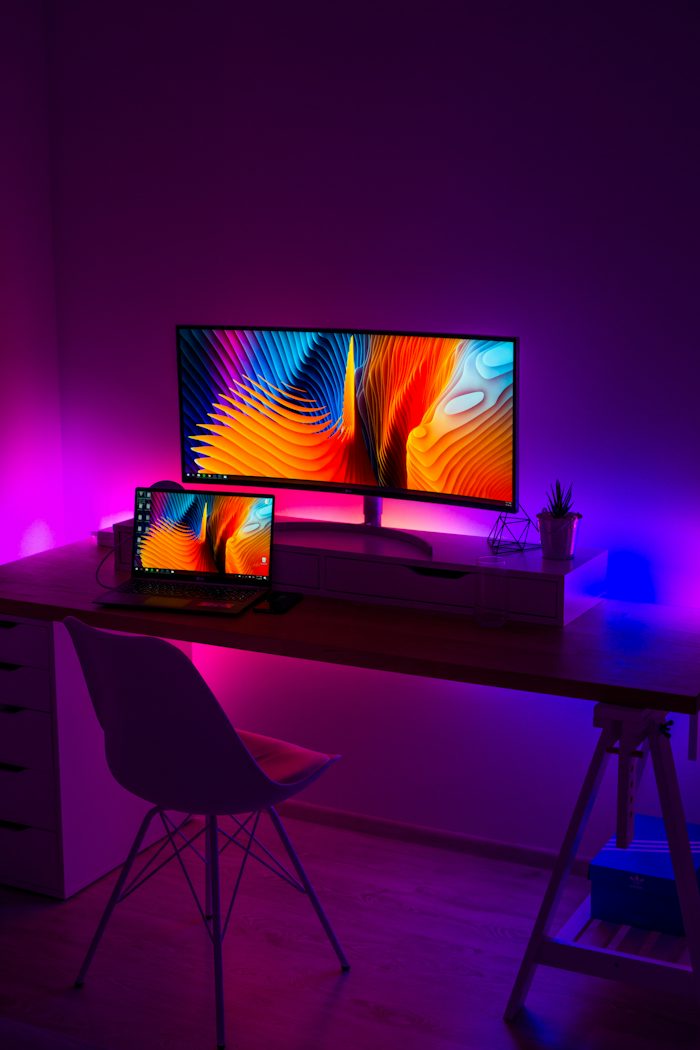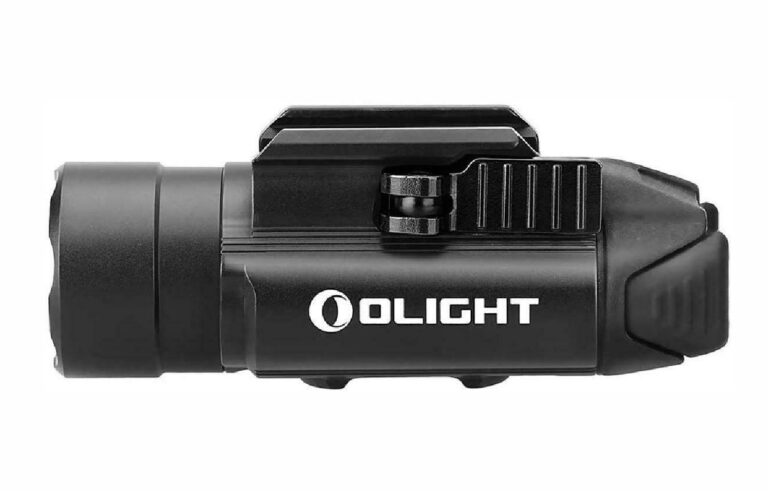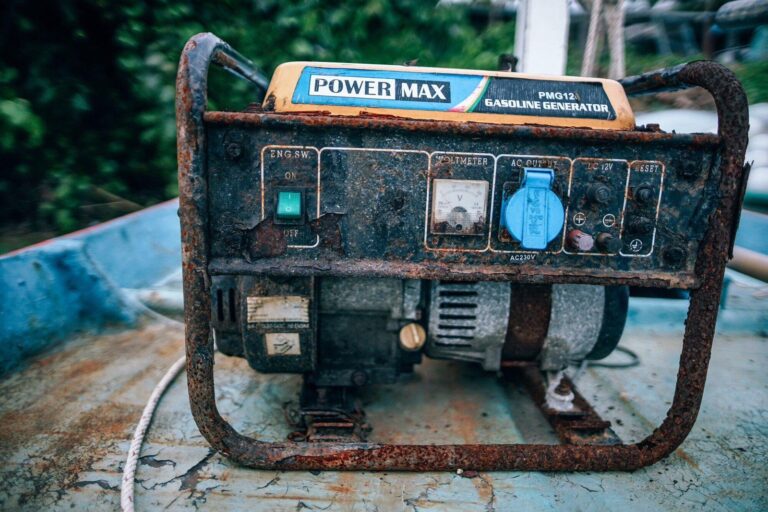A Complete Guide To Choosing The Right LED High Bay Lights
LED high bay lights have emerged as the preferred option for illuminating expansive areas featuring high ceilings, including warehouses, factories, gyms, and retail places. Not only are they energy-efficient and cost-effective, but they also provide excellent illumination. On account of the immense variety of LED high bay lights on the market, determining which ones are optimal for a particular application can be difficult. To ensure that you make an informed decision, we will lead you through the most important considerations when selecting LED high bay lights in this exhaustive guide.
Understand Your Lighting Needs
The first step in selecting the right LED high bay lights is to understand your lighting requirements. Aspects to be taken into account include the dimensions and function of the area, the intended illumination levels, and any particular lighting regulations or standards that must be adhered to. For instance, a warehouse may have different lighting needs compared to a sports arena or a retail store. Determine if you need general ambient lighting, task lighting, or a combination of both.
Calculate The Required Luminance
Luminance refers to the amount of visible light emitted per unit area, and it is a critical factor in lighting design. To calculate the required luminance for your space, you will need to consider its size in square feet or meters and the desired foot-candle (fc) or lux (lx) levels. Foot-candles are commonly used in the United States, while lux is the international unit of measurement. For general warehouse illumination, the Occupational Safety and Health Administration in the United States, for instance, recommends a minimum of 10–30 fc.
Consider The Beam Angle
The beam angle of an LED high bay light determines how the light is distributed. High bay lights typically come in various beam angles, including narrow, medium, and wide. The beam angle selected is determined by the ceiling’s height and the intended use. For high ceilings, a narrow beam angle may be suitable for focused illumination, while wide beam angles are ideal for lower ceilings or general ambient lighting.
Evaluate Color Temperature
Color temperature, measured in Kelvin (K), determines the warmth or coolness of the light emitted by an LED high bay light. Lower Kelvin values (e.g., 3000K) produce warm white light, similar to incandescent bulbs, while higher Kelvin values (e.g., 5000K) produce cool white light with a bluish tint. The selection of color temperature ought to correspond with the intended function and ambiance of the area. For industrial settings, cool white light is often preferred for better visibility, while warmer light may be suitable for retail or hospitality environments.
Energy Efficiency And Wattage
The energy efficiency of LED high bay lighting is among their primary benefits. When choosing LED fixtures, pay attention to their wattage and lumens output. The higher the lumens per watt (LPW) ratio, the more energy-efficient the fixture. Look for LED high bay lights with high LPW ratings to minimize energy consumption and reduce operating costs over time.
Consider Mounting Options
There are numerous mounting options for LED high bay lights, including pendant mount, chain mount, and surface mount. The choice of mounting option depends on the ceiling height, structure, and aesthetics of the space. Pendant mounting is commonly used for higher ceilings, while surface mounting may be suitable for lower ceilings. Ensure that the chosen mounting option is compatible with your space and provides the desired light distribution.
Check For Dimming And Control Options
For greater flexibility and energy savings, consider LED high bay lights with dimming and control capabilities. Dimmable fixtures enable the adjustment of light output to correspond with particular tasks or daylight conditions, thereby conserving energy during periods when maximum luminosity is not necessary. In addition to smart control options, such as daylight harvesting and motion sensors, certain LED high bay lights feature daylight harvesting to further optimize illumination efficiency.
Evaluate The Quality Of Light
In addition to brightness and energy efficiency, it’s essential to evaluate the quality of light produced by LED high bay fixtures. A high color rendering index (CRI) indicates the degree of precision with which colors are rendered when illuminated by a given light source. A high CRI (typically above 80) ensures that objects and products appear true to color, which is crucial in retail and manufacturing settings.
Consider Longevity And Warranty
LED high bay lights are frequently utilized for more than 50,000 hours without failure. However, it’s still important to check the manufacturer’s warranty and product specifications. A longer warranty period typically reflects the manufacturer’s confidence in the product’s quality and durability. Inquire about the extent of warranty coverage, which may include replacement or repair in the event of defects or malfunctions.
Environmental Impact
Lastly, consider the environmental impact of your LED high bay lights. LED fixtures are already more environmentally friendly than traditional lighting technologies due to their energy efficiency and longer lifespan. However, you can further reduce your environmental footprint by selecting fixtures that are RoHS-compliant (free of hazardous materials) and Energy Star-certified (meeting energy efficiency standards).
Lighting Maintenance And Accessibility
It’s essential to factor in maintenance and accessibility when selecting LED high bay lights. Consider how easily you can access and maintain the fixtures. Certain LED high bay lights are equipped with convenience-enhancing features, such as tool-less access panels and quick-release clamps, which streamline maintenance activities like bulb and driver replacement and cleaning. Accessible fixtures can reduce downtime and labor costs associated with maintenance, especially in high-ceiling environments where accessibility can be challenging. When choosing LED high bay lights, opt for models that are designed with maintenance in mind to ensure long-term performance and reliability.
Conclusion
Choosing the right LED high bay lights involves careful consideration of your specific lighting needs, including luminance requirements, beam angles, color temperature, and mounting options. Additionally, factors such as energy efficiency, dimming capabilities, and environmental impact should be taken into account. You can ensure that your illumination needs are adequately addressed while also conserving energy and minimizing long-term operating expenses by adhering to the recommendations outlined in this exhaustive guide. Investing in quality LED high bay lights will not only enhance the visual environment of your space but also contribute to a sustainable and efficient lighting solution.







